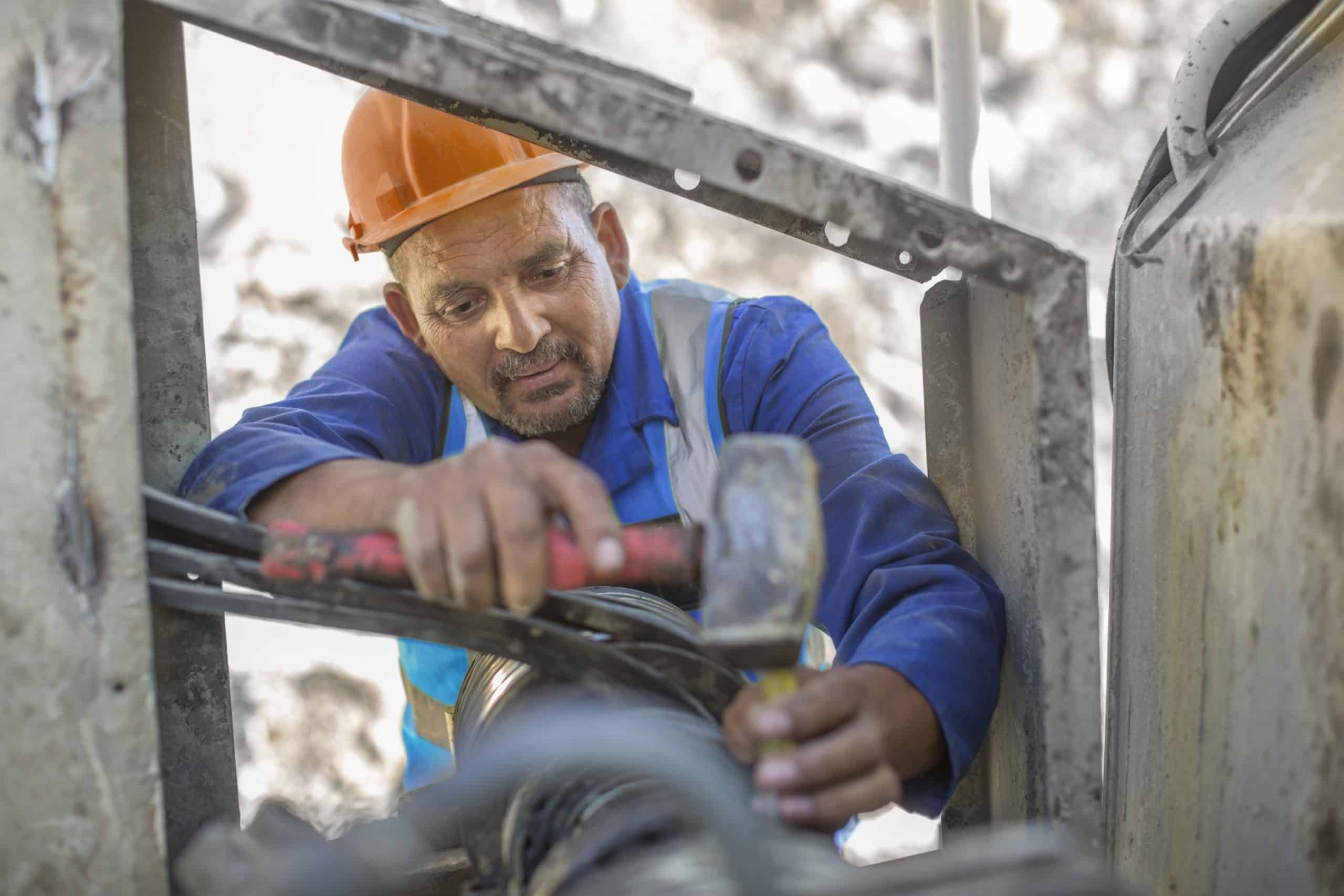What Are the Latest Design Trends for UK Eco-Friendly Urban Housing?

Urban housing in the UK is rapidly evolving with the advancement of sustainable technologies and the growing demand for eco-friendly living spaces. An increasing number of architects and designers are now focusing their creative energies on designing homes that are not only visually appealing but also environmentally friendly, energy-efficient, and sustainable. The emerging design trends in the UK’s eco-friendly urban housing sector are reshaping the face of urban living, heralding a future where every house will be a green house, built using sustainable materials and designed for energy-efficiency and minimal environmental impact.
Embracing Green Architecture
Green architecture, or sustainable architecture, is at the forefront of the latest design trends for eco-friendly urban housing in the UK. This design philosophy advocates for the creation of buildings that minimise the environmental impact by enhancing efficiency and moderating the use of materials, energy, and the ecosystem at large.
En parallèle : How to Balance Historical Preservation with Modern Comfort in UK Estate Renovations?
One of the key trends within green architecture is the incorporation of natural materials in the building process. This can involve using reclaimed or recycled materials, such as wood, steel, and concrete, reducing the demand for new materials and helping to decrease the overall environmental impact of building a new home.
Another trend is the creation of energy-efficient spaces. These are designed to reduce the amount of energy needed for heating, cooling, and lighting. This is achieved through careful design that takes into consideration the orientation of the building, insulation, and the use of energy-efficient appliances and systems.
A lire aussi : What Strategies Can UK Property Owners Use to Address Negative Equity?
Adopting Sustainable Interior Design
In addition to the architecture of the homes, the interior design is also being influenced by eco-friendly principles. Sustainable interior design aims to minimise the environmental impact of our living spaces, creating not just a stylish and comfortable home, but one that is also kind to our planet.
This trend involves choosing furniture and décor made from sustainable materials, such as reclaimed wood, organic cotton, and recycled metal. It also encourages minimalism, reducing clutter and the need for excessive consumer goods, thereby limiting waste.
Another aspect of sustainable interior design is the incorporation of natural elements into the home. This can be achieved through the use of plants, which improve indoor air quality, or using natural light to reduce the need for artificial lighting.
Creating Eco-Friendly Urban Spaces
Urban spaces typically suffer from a lack of greenery, but this is changing with the rise of eco-friendly urban housing. Many of these green homes are being designed with urban gardens, green roofs, and vertical gardens, turning grey concrete jungles into lush, green spaces.
These green spaces are not merely ornamental; they play a crucial role in improving air quality, reducing urban heat, and providing habitat for local wildlife. They also offer residents a sense of connection with nature, improving mental wellbeing.
Using Technology for Sustainable Housing
The latest trends in eco-friendly urban housing also involve the use of cutting-edge technology to create homes that are as efficient and sustainable as possible. This includes everything from smart home systems that manage energy use to innovative construction techniques that reduce the environmental impact of building a new home.
One of the most exciting developments in this area is the use of 3D printing for construction. This technology allows for precise control over the building process, reducing waste and speeding up construction. It also enables architects to experiment with new, complex designs, pushing the boundaries of what is possible with green architecture.
Incorporating Renewable Energy Solutions
Renewable energy solutions are no longer a luxury for wealthy homeowners; they have become a standard feature in eco-friendly urban housing. Solar panels, wind turbines, and ground-source heat pumps are now common fixtures in eco-friendly urban homes, providing clean, sustainable energy and dramatically reducing the reliance on fossil fuels.
Homes are also being designed to be more energy-efficient, with better insulation, more efficient appliances, and designs that take advantage of natural light and heat. This not only makes these homes more sustainable but also more comfortable and cost-effective to live in.
The latest trends in eco-friendly urban housing in the UK represent a bold step forward in sustainable living. Through innovative design, the use of sustainable materials, and the incorporation of green technology, these homes offer a vision of a future where every home is a green home. And while there is still much work to be done, these trends offer hope that we can build a more sustainable, eco-friendly future, one home at a time.
Designing with a Biophilic Approach
In the quest to design eco-friendly homes, the concept of biophilic design is gaining traction among UK architects and designers. This trend involves integrating elements of nature into architectural designs to create a healthier and more productive living environment.
Biophilic design is based on the idea that humans have an innate desire to connect with nature, which can be fulfilled through the incorporation of natural elements into our built environment. This approach to design can take various forms, such as the inclusion of natural light, vegetation, living walls, water features and natural materials into the home’s interior and exterior spaces.
For instance, homes designed with a biophilic approach often incorporate large windows or skylights to allow for maximum natural light penetration, which can reduce the need for artificial lighting and improve overall mood and well-being. Similarly, the use of natural materials such as wood, stone, and clay can enhance the aesthetic appeal of the home while also improving air quality and thermal comfort.
Besides interior aspects, biophilic design also extends to the outdoor spaces of urban houses. Green roofs are a popular trend in the UK’s eco-friendly urban housing. These living roofs are covered with vegetation, reducing the urban heat island effect, improving air quality, and providing a habitat for wildlife. Not to mention, they can also be appealing visually, enhancing the look of the urban landscape.
Prioritising Well-Balanced, Multi-Functional Living Spaces
As urban space becomes a premium commodity, another design trend that is becoming popular in eco-friendly urban housing is the creation of well-balanced, multi-functional living spaces. This trend involves designing spaces that can serve multiple purposes, maximising the utility of every square foot while minimising the home’s overall footprint.
In these eco-friendly homes, rooms are no longer tied to a single purpose. Living rooms can double up as home offices, dining areas can transform into entertainment spaces, and balconies can be designed to serve as mini-greenhouses. This approach to design not only maximises space efficiency but also encourages a more sustainable lifestyle by reducing the need for larger homes and thus, reducing the use of construction materials.
To achieve this, designers and architects are employing smart and innovative design strategies such as flexible layouts, adaptable furniture, and clever storage solutions. Moreover, the use of natural materials and elements in these spaces can reinforce the connection with nature, promoting a sense of tranquillity and well-being, and aligning with the principles of sustainable design.
Conclusion
The latest design trends in UK’s eco-friendly urban housing reflect a broader shift towards sustainability and environmental responsibility in the built environment. By embracing green building principles, adopting sustainable interior design, creating green urban spaces, utilising technology for sustainability, incorporating renewable energy solutions, designing with a biophilic approach, and prioritising well-balanced, multi-functional living spaces, architects and designers are painting a promising picture for the future of urban housing.
These eco-friendly homes are not just about reducing carbon footprint or energy consumption. They also aim to improve the quality of life for residents, enhance the aesthetic appeal of urban areas, and promote a deeper connection with nature. As these design trends continue to evolve and mature, they are likely to play a pivotal role in shaping a sustainable and resilient urban future for the UK.
The journey towards every home being an eco house may be long and filled with challenges, but with continued innovation and commitment, this vision can become a reality. The UK’s latest design trends in eco-friendly urban housing are certainly a step in the right direction, showing us that it’s entirely possible to live in a way that’s harmonious with our environment. While there’s still much work to be done, these homes are a testament to what’s possible when we design with the earth in mind.
